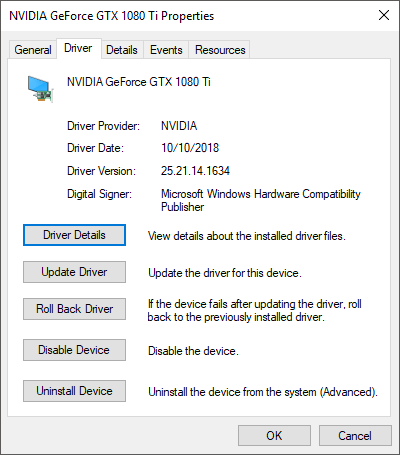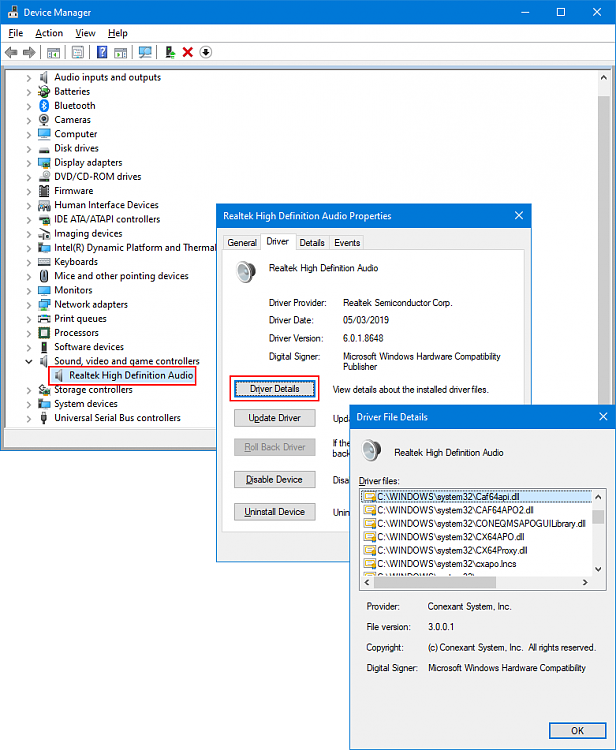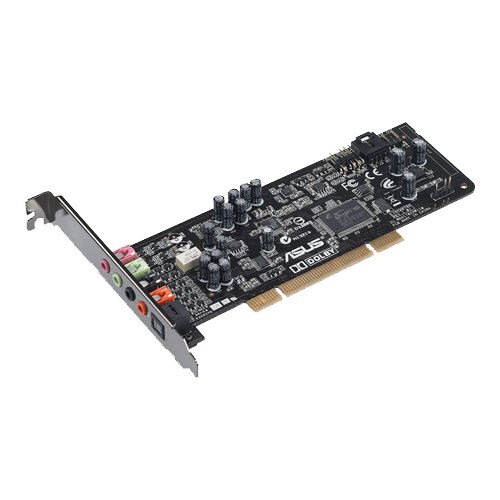Learning Objectives
- Provider Sound Cards & Media Devices Driver Download 64-bit
- Provider Sound Cards & Media Devices Driver Download Windows 7

AHA BLS Provider eCards Showing the single result Default sorting Sort by popularity Sort by average rating Sort by latest Sort by price: low to high Sort by price: high to low. Note: Wattages are estimates only. Actual power draw may differ from listed values. The terms audio card, audio adapter, and sound adapter are sometimes used in place of sound card. Sound Card Description A sound card is rectangular piece of hardware with numerous contacts on the bottom of the card and multiple ports on the side for connection to audio devices, such as speakers.
After completing this unit, you’ll be able to:- Understand the types of provider cards and how each type can be used.
- Learn how to add provider cards to a page layout.
Information at a Glance
The provider data model is a complex collection of objects representing information about physicians, practitioners, and facilities. The data gets even more complex because physicians have a complicated network of relationships. Oculus port devices driver download for windows 10 pro. That data can include the connections of the physicians with the provider organization (whether as an employed physician or an affiliated physician), the clinics where they work, practicing locations, operating hours, credentials, certifications, their payer networks, and more.
While all of this data is stored within Salesforce, there’s an absolute need for a custom configurable UI for physicians and facilities to glean good information at a glance. Otherwise, Ely, the provider relations manager within Bloomington Health, would be checking multiple sources trying to get all the relevant deets to perform his routine tasks.
Introducing (drum roll..) provider relationship cards!
With provider relationship cards, you can visualize complex provider relationships on one page. You can use the Lightning App Builder to add the relationship card component to an Account or Contact page and specify the relationship card types to be included on that page.
You can see all the entities—provider organizations, hospital locations, operating hours—and the different attributes—specialty, creds, NPIs—that are related to that account or contact. For example, on the Contact page, you can see all the accounts with which that contact has a relationship. In the case of a health care practitioner, you can see all the hospital locations with which the practitioner is affiliated.
Without relationship cards, Ely would have to navigate through related lists and go through numerous pages to access the information. With the provider relationship cards, Ely forgoes endless clicks for efficient effort.
Types of Provider Relationship Cards
You can set up two types of provider relationship cards to see the association between provider organizations and practitioners.
| What | Where | Why |
|---|---|---|
| Provider cards for a facility | Account page | To see all the providers (contacts) that are associated with the account. |
| Relationship cards for a practitioner | Contact page | To see all the hospitals (accounts) that the practitioner is associated with. |
You might set up a relationship card on a hospital’s record page so that your call center agent can see a card for each physician working at that hospital. Or you could set up a facility card on a doctor’s record page so that the network management team can see a card for each hospital, urgent care center, or other organization where that doctor works.

Lay the Groundwork
You must set the stage before you add the Provider Relationship tab to the page layout.
- In Lightning Experience, from the App Launcher, find and open Sales.
- Add Related Contacts to the Account page if it does not exist.
- From Setup, open Object Manager.
- Click Account, and select Page Layouts.
- Edit the Account Layout.
- Click Related Lists.
- Drag Related Contacts to the Related Lists body section.
- Click Save.
- Add Related Accounts to the Contacts page if it does not exist.
- From Setup, open Object Manager.
- Click Contact, and select Page Layouts.
- Edit the Contacts Layout.
- Click Related Lists.
- Drag Related Accounts to the Related Lists body section.
- Click Save.

Add Provider Relationships to the Page Layout
Use the Lightning App Builder to add the relationship card component to an Account or Contact page and specify the relationship card types to be included on that page. Here’s how.
- In Setup, search for App Builder, and then select Lightning App Builder.
- In the Lightning Pages list, click Edit next to the Account Record Page or Contact Record Page. In this example, it’s the Account Record Page.
- Add a new tab called Provider Relationships (1). You can rename the tab to anything you want (2).
- Drag the Relationship Card component in the tab area (1).
- Edit the header label if you want to change the name of the component (2).
- Click Select to select the card types you want to display in the tab (3).
- Move any or all of the cards from the Available list to the Selected list, and click OK.
While Health Cloud comes with some out-of-the-box preconfigured relationship cards that you can use to display provider-specific information, you can also create custom relationships cards and choose the objects from which information should be drawn and presented within the relationship card.


Provider Sound Cards & Media Devices Driver Download 64-bit
Define Custom Relationship Cards
You can define new relationship card types to include objects related to the card object directly or indirectly. Silicon motion input devices driver download for windows 10. You can add information from different related objects to insert them into a single relationship card type.
To define a new relationship card:
- In Setup, go to Relationship Card Type Manager and click New.
- Enter a name for the new relationship card.
- Select the object and the associated record type of the page where you want the new care to appear.
- Specify how the card is related to the page where it appears:
- If the Account object where the card is displayed has a lookup field to the Contact object which contains most of the information, specify a Direct relationship.
- If you’re pulling in the information through a junction object that connects the base object to the page where the card is displayed, specify Indirect. For example, Healthcare Practitioner Facility is a junction object that matches practitioners with the places where they work.
- Click Save & Edit Fields.
- Select the fields that contain the information you want to show on your card. This is the most powerful part of this feature. You can select from various objects to design your card. (We explain this in more detail in the examples later in this section.)
- Click Save and activate the card. Now the card is available in the list of Card Types when you add the Provider Relationship tab to the page layout.
- Physician’s NPI
- Physician’s primary address
- Physician’s primary phone number
- Physician’s board certification, licenses, awards, and degrees
- Physician’s specialties and subspecialties
- Primary account
You can add this card type on the account record page for the facility.
Select some fields that are in the object the card is based on. For example, the doctor’s contact details are part of his Contact record. Some of your fields belong to child objects related to Contact. The doctor’s specialty and credentials come from Healthcare Provider Specialty.
Let’s look at another example. Instead of contacting the provider organization, Ely could get in touch with a doctor directly. In this case, he’d like to know details about the doctor. Such as her contact information, all the accounts she has a relationship with (employer, hospital affiliations, practice locations, billing company, and so on), details of her relationship to those accounts, and some key information about the accounts themselves.
For an individual practitioner, the facility relationship card can include these details.Provider Sound Cards & Media Devices Driver Download Windows 7
- Facility name
- Facility address
- Facility phone number
- Services or specialties provided by the facility
- Facility NPI
- Facility plan type
You can add this card on the Contact record page.
Some of your fields come from objects related via a junction object. For example, the Healthcare Practitioner Facility object is related to the Contact object through the Practitioner ID. Pepperl fuchs usb devices driver download windows 7.
In this unit, you learned about relationship cards. In the next one, see how to configure provider search.
Resources
